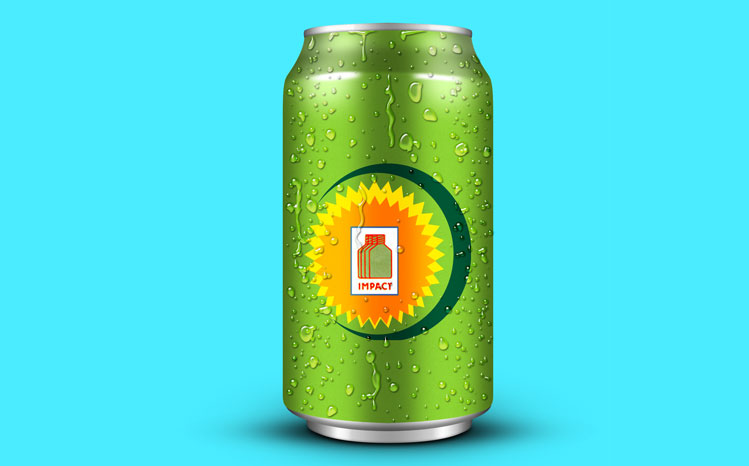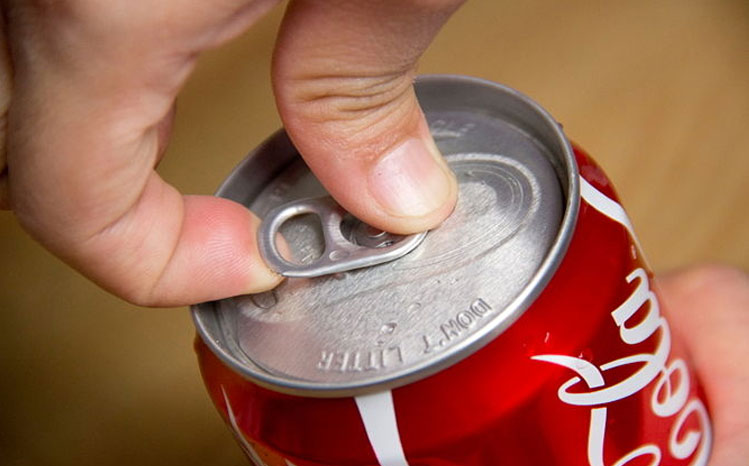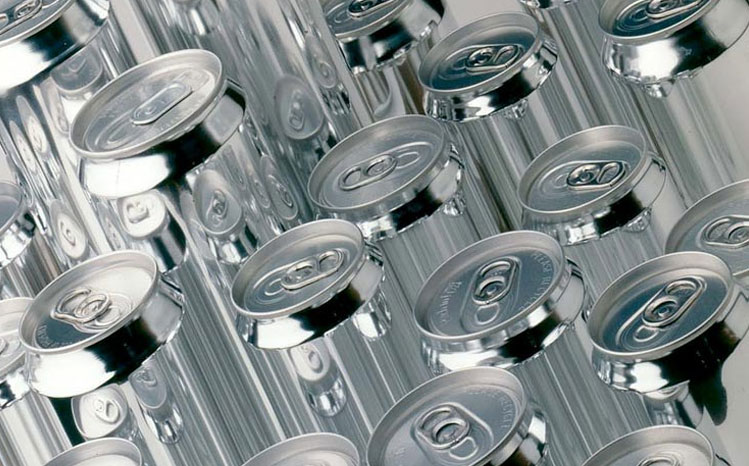


Features
Recyclable & Permanent Material
Fresh & Unbreakable
Light-proof & Lightweight
Quickly chilled
Rust-free & Hermetic seal
Use of aluminum in cans began in 1957. Aluminum offers greater malleability, resulting in ease of manufacture; this gave rise to the two-piece can, where all but the top of the can is simply stamped out of a single piece of aluminum, rather than laboriously constructed from two pieces of steel. A label is either printed directly on the side of the can or will be glued to the outside of the curved surface, indicating its contents.
Most aluminum cans are made of two pieces. The bottom and body are "drawn" or "drawn and ironed" from a flat plate or shallow cup. After filling, the can "end" is sealed onto the top of the can.
Used beverage cans will be cleaned and decoated before melting and casting into aluminium rolling slabs, thereby creating a "closed loop" in the manufacturing and recycling processes. The value of used aluminium cans is considerable – aluminium scrap is many times more valuable than steel and is able to be recycled at low cost. The impact on the local recycling market is likely to be significant.
